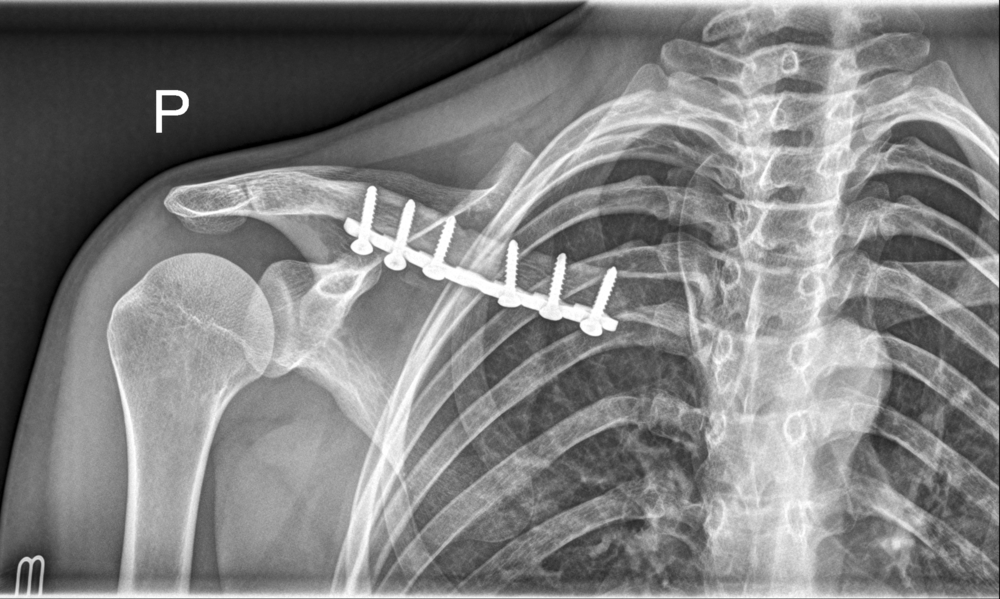
Researchers at the Institut Català de Nanociència i Nanotecnologia (ICN2), a Severo Ochoa research centre located in the Universitat Autònoma de Barcelona (UAB) Campus and member of the Barcelona Institute of Science and Technology (BIST), have discovered that bone too is flexoelectric. They posit the possible role of flexoelectricity in the regeneration of bone tissue in and around the kind of microfractures incurred in bones on a daily basis. The ICN2 Oxide Nanophysics Group led by ICREA Prof. Gustau Catalan reports these findings today in Advanced Materials, with lead author Fabián Vásquez-Sancho. The work has potential implications for the prosthetics industry and the development of biomimetic self-healing materials.
Bones were already known to generate electricity under pressure, stimulating self-repair and remodelling. First reported in the late fifties, this was initially attributed to the piezoelectricity of bone’s organic component, collagen. However, studies have since observed markers of bone repair in the absence of collagen, suggesting that other effects are at play. In this work ICN2 researchers have revealed just such an effect: the flexoelectricity of bone’s mineral component.
Flexoelectricity is a property of some materials that causes them to emit a small voltage upon application of a non-uniform pressure. This response is extremely localised, becoming weaker as you move away from the point of maximum stress. In microfractures it is localised to the leading edge or tip of the crack, an atomically small site that, by definition, concentrates the maximum strain a material is able to withstand before full rupture. The result is a flexoelectric field of such magnitude that, in the immediate vicinity of the crack, it eclipses any background collagen piezoelectric effect.
By studying strain gradients in bones and pure bone mineral (hydroxyapatite), the researchers have been able to calculate the precise magnitude of this electric field. Their findings indicate that it is sufficiently large within the required 50 microns of the crack tip to be sensed by the cells responsible for bone repair, directly implicating flexoelectricity in this process.
Furthermore, since the cells responsible for synthesising new bone tissue (osteoblasts) are known to attach close to the tip, it would appear that the electric field distribution signals this point as the centre of damage, becoming a moving beacon for repair efforts as the crack is healed.
These results hold promise for the prosthetics industry, where new materials that reproduced or amplified this flexoelectric effect could be used to guide tissue regeneration, leading to a more successful assimilation of implants.




